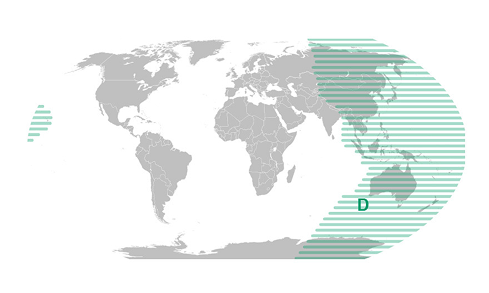
Safety First, Learning Second
Here's what neuroscience teaches us: a child's brain has one primary job before any learning can happen—determining whether or not they're safe. When children feel secure and protected, they are free to explore, discover, and absorb new information. When they don't feel safe, their energy goes toward survival, not learning.
This isn't about dramatic danger. It's about the subtle but powerful feeling of being truly seen and understood by caring adults. Children need to know that someone Strong, Kind, and Committed has their back before their brains can fully engage with letters, numbers, or new concepts.
The Circle of Security in Every Classroom
In the Circle of Security Classroom Approach, we recognize that educators serve the same fundamental role that attachment figures do at home: they provide the safe haven and secure base that children need to thrive.
As a safe haven, educators offer comfort when children feel overwhelmed, frustrated, or confused. They help regulate big emotions and restore that essential feeling of safety.
As a secure base, they encourage exploration and discovery, watching over children as they tackle new challenges and celebrate their growing competence.
What This Looks Like in Practice
When children feel safe with their educators, remarkable things happen:
- They take risks with new learning because they trust they'll be supported if they struggle
- They can focus their energy on discovery rather than self-protection
- They develop resilience because they know help is available when needed
- They internalize the belief that they are capable learners
The Ripple Effect
Understanding this connection transforms how we approach early learning environments. Instead of focusing solely on academic readiness, we prioritize relational readiness—ensuring every child feels genuinely safe and connected before expecting their brains to engage in learning.
When we follow the Circle of Security Classroom approach to promote security in relationships, learning flows naturally. Children are learning much more than numbers, shapes, and colors. They are developing the emotional foundation for lifelong curiosity, resilience, and growth.
How might recognizing the connection between safety and learning change your approach to supporting young minds?







